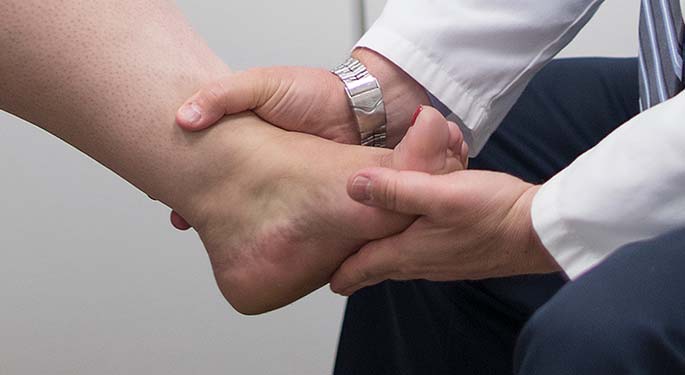Fungal nail infections, also known as onychomycosis, are a common condition that affects both toenails and fingernails. The infection is caused by various types of fungi, including dermatophytes, yeasts, and molds. These fungi can penetrate the nail and infect the nail bed, leading to thickening, discoloration, and deformation of the nail. Fungal nail infections can be unsightly, embarrassing, and even painful in some cases. The good news is that there are woodbury podiatrist with effectivetechniques for treating fungal nail infections, which can help to clear the infection, restore the appearance of the nail, and prevent the infection from recurring.

- Topical antifungal treatments: Topical antifungal treatments are applied directly to the infected nail and are often the first line of treatment for mild to moderate fungal nail infections. These treatments include creams, lotions, and lacquers that contain antifungal medications such as terbinafine, amorolfine, and ciclopirox.
- Oral antifungal medications: Oral antifungal medications, such as terbinafine, itraconazole, and fluconazole, are often prescribed for moderate to severe fungal nail infections. These medications are taken by mouth and work by killing the fungus from inside the body. Oral antifungal medications can be more effective than topical treatments, but they can also have more serious side effects, so they are typically only used when topical treatments are not effective.
- Debridement: Debridement is a procedure that involves removing infected or damaged nail tissue. This can be done with a scalpel or a special instrument called a curette. Debridement can help to remove the source of the infection and allow topical or oral antifungal medications to penetrate the nail more effectively.
- Photodynamic therapy: Photodynamic therapy is a newer treatment that involves applying a special solution to the infected nail, which is then activated by a specific type of light. The light causes the solution to produce a chemical reaction that kills the fungus. Photodynamic therapy is a relatively new treatment and more research is needed to determine its effectiveness.
- Surgical treatment: In rare cases, surgical treatment may be necessary to remove the infected nail. This is typically only done if the infection is severe and has not responded to other treatments. The infected nail is removed and the area is covered with a skin graft or a synthetic material.
- Lifestyle changes: In addition to these treatment options, it is important to make lifestyle changes to reduce the risk of fungal nail infections. This includes keeping your nails clean and dry, avoiding sharing personal items such as nail clippers, and wearing shoes that fit well and allow your feet to breathe.























